The great thing about being in a long-term relationship is that you can get comfortable with another human being, and truly be yourself. Instead of dressing up and going out and barely nibbling on your food at some fancy restaurant, you can come home, put on those sweatpants, whip up that comfort food and settle in for a few hours of Netflix. Instead of always having a plan to go out to a club or go for a hike you can just enjoy each others’ company, sitting on the couch watching football and eating nachos. Mature relationships are great that way. Until you step on the scale.
First, it’s denial. You’re cohabitating, so you can both blame that dryer for shrinking everything. But after you go through that and a few other excuses (it’s just water weight, our scale is malfunctioning) you have to be honest and admit that you’ve both gained some comfort weight. Ten pounds, maybe 20 pounds, maybe 30. If you’ve had kids or you’ve got a crazy busy job, maybe it’s even more.
Finally you realize it’s not so healthy and it’s starting to get to you. And you’ll be damned if you are going to give in and start buying fat clothes.
So my honey and I decided to do something about it and try a diet food delivery program.
Actually that didn’t happen. I decided to do it and told him he’d be joining me. He whined, I said “It’s for the blog” and he reluctantly agreed.
So here we go, spending ungodly amounts of money for pre-prepped, carefully portioned, nutritionally sound diet food.
I’m trying to justify the cost to myself like this: We won’t be buying much at the grocery store any longer. And…. We’re saving so much money by not going out to restaurants. And…. Look at all the time we’ll save by not cooking dinners from scratch. But there’s no getting around it. These meal delivery plans are more expensive than what you might prepare from the grocery store. But, if you tend to eat out and get takeout a lot, they can be a relatively budget-friendly alternative.
Given the cost, we knew we wouln’t be able to use these plans for the three-month long eating adjustment we probably both need. For the purposes of this experiment, we decided to test a few of these meal plans to see which was most tolerable, and which could get us onto some better eating habits.
The two types of food plans: Meal kits and full diet delivery services
The first thing I learned as I started researching these plans is that there are two basic categories: Meal kits and full diet delivery services. With the full diet delivery services, such as NutriSystem, Jenny Craig, South Beach Diet and BistroMD, you’ll have the option of getting three meals a day and sometimes snacks. To get the weight loss results they tout, you’ll need to restrict yourself to just eating within the plan, and not indulging in extracurricular booze and snacks. These are a good choice if you need to drop serious weight quickly, but they can be monotonous, expensive, and will put a serious dent in any social life built around dining out.
With meal kits, you get ingredients and a recipe and do the preparation yourself. Most of these plans do not offer three meals a day, seven days a week. Rather, they tend to be dinner-oriented and offer plans of three to five meals a week. This is ideal if you like variety, want to minimize expense, and travel or eat out often.
On the downside, if your goal is weight loss, these cooking kit plans give you plenty of free rein to mess up, and you generally won’t lose weight based just on these three healthy meals per week.
Since our goal is weight loss and healthier eating, we (OK, “I”) decided to try out three programs, which are reviewed in the following posts: SunBasket, BistroMD and (what was the other one??).

